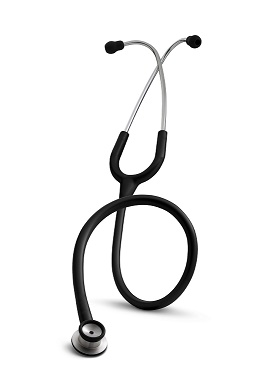A Pneumatic Tourniquet can be defined as a constricting or compressing device used to control arterial and venous blood flow to a portion of an extremity for a period of time. Pressure is applied circumferentially around a portion of a limb at a desired location; this pressure is transferred to the walls of blood vessels, causing them to become temporarily occluded or restricted. In surgical settings, a tourniquet is used to occlude arterial blood flow following exsanguination to produce a relatively bloodless operative field and to minimize blood loss. In emergency settings, a tourniquet is used stop traumatic bleeding such that medical care can be provided in time before the injured person bleeds out. In rehabilitation settings, a tourniquet is used to restrict arterial blood flow at a consistent and safe pressure for short periods of time during low intensity exercise to more rapidly increase muscle size and strength.
A primitive tourniquet can be made from a stick and a rope (or leather belt). The rope is made into a loop that fits over the damaged limb and the stick is inserted through the loop. The loop is tightened by twisting the stick. The primitive device may stem the flow of blood but side-effects such as soft tissue damage and nerve damage may occur due to the application of unknown, uncontrollable and excessively high pressures and pressure gradients.
It is well established by evidence in the clinical literature that higher tourniquet pressures are associated with higher probabilities of tourniquet-related injuries.[1][2] Modern pneumatic tourniquet systems are microcomputer-based, allowing more accurate and automatic pressure control and many important safety features to minimize the risk of patient injury. Recent trends toward personalized care has increased patient safety by allowing perioperative staff to measure and select a personalized tourniquet pressure based on the patient’s Limb Occlusion Pressure, and select and apply a personalized tourniquet cuff that can adapt the shape of the tourniquet cuff to a wide range of non-cylindrical limb shapes.







Reviews
There are no reviews yet.